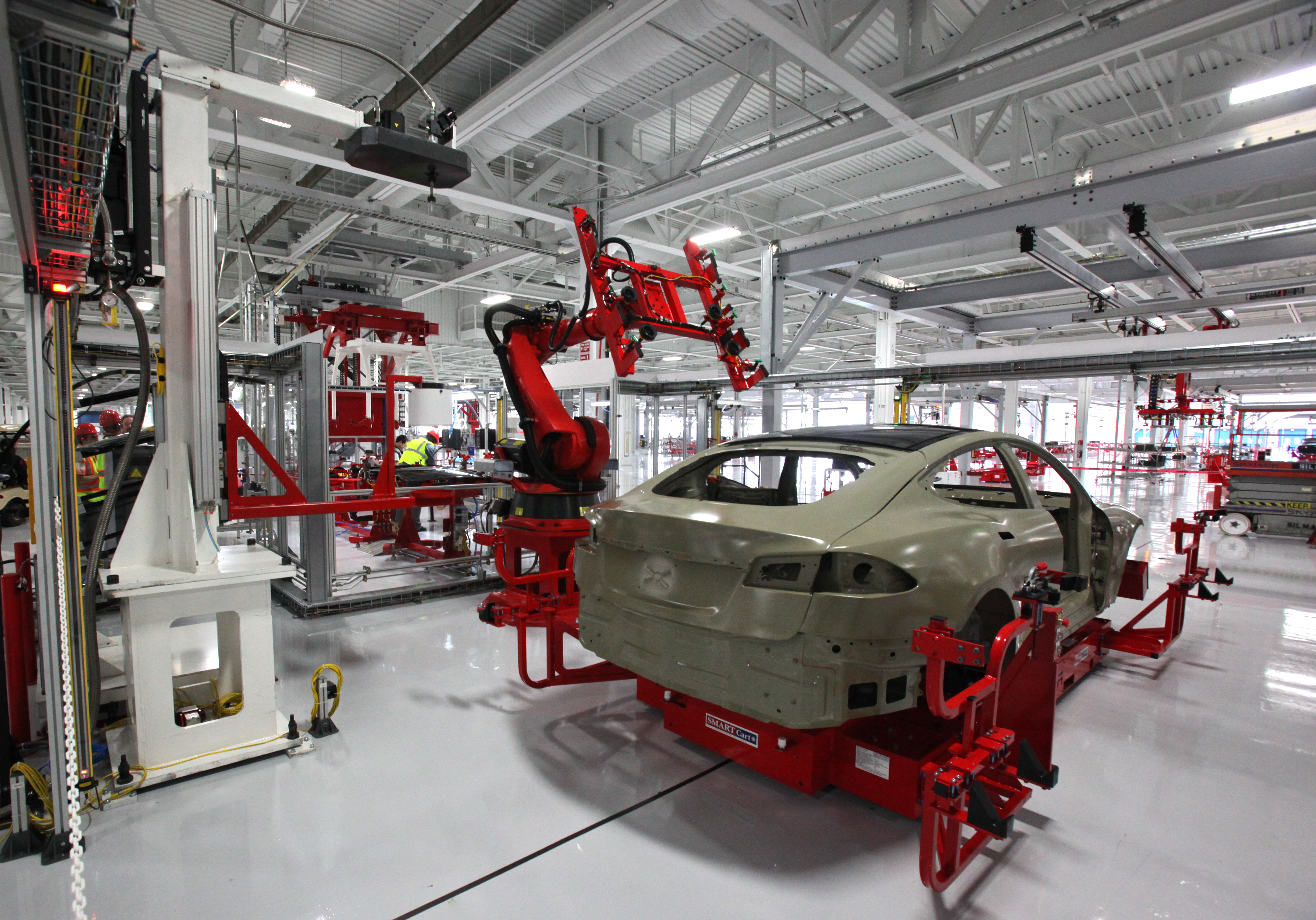June 9, 2016

While technology, software, and the future of mobility with driverless vehicles seems to be all the buzz right now, there are other noteworthy advancements in the automotive industry. Just as millions of people spend time, money, and effort into making themselves weigh less, so do automakers spend the same in making their vehicles lighter. For instance, Ford’s biggest seller, the F-150 pickup just lost 700 pounds thanks to a new aluminum body.
With the goal of finding new and innovative ways to shave pounds from vehicles, automakers aim to reduce carbon emissions and increase fuel economy. The use of aluminum has already been on the rise as the United States and several other countries around the world have been cracking down on emissions and fuel-economy standards. In addition to aluminum, automakers are sampling other potential materials that are lighter in weight such as magnesium, high-strength steels, carbon fiber, compressed wood, and perhaps most surprisingly of all, soy.
This quest for lighter materials makes sense, considering that for each 10 pounds not added to a vehicle, about 10 to 15 pounds less of carbon dioxide will enter the atmosphere annually. While the search for the lightest and best material can be an exciting one, unlike a person trying to lose weight, this experimentation is no easy task. Using newer materials comes with a hefty price tag. Some materials can be difficult to work with and others, as auto manufacturers will find out the hard way, will not work at all in this industry.
Vehicles themselves pose perhaps the biggest challenge to shedding the pounds. In recent years, they have only gotten more weighty and larger. In fact, in the past two decades alone, sport utility vehicles and cars have gained about 300 to 500 pounds. Charles Klein, General Motor’s global chief of CO2 strategy notes that vehicles of all different types have been growing in size as cars are packed with more and more bells and whistles, be it for safety or entertainment. He goes on to point out that a compact car is now what a midsize car was about 10 years ago.
Steel has received a lot of attention as lighter weight versions are available that have not been exposed to processes that may weaken them. However, aluminum seems to be the material of choice for most in the auto industry right now. Aluminum offers all the benefits that steel does, yet is 40 percent lighter. At double the price of steel, some automakers are not as excited about it as others. Aluminum is now used by many in the automotive industry as body parts, door panels, hoods, and roofs.
The use of magnesium is also on the rise. The alloy is said to be about 75 percent stronger than steel as well as 35 percent lighter than aluminum. A variety of auto parts can be crafted with magnesium. As with aluminum, however, the biggest problem with magnesium is the cost.
For years, the auto industry has put off finding ways to make cars that carry less weight. Now that cars are expected to be more and more eco-friendly, automakers have no choice but to put their vehicles on a diet and do their homework.
Tags: carbon fiber , light car , new car
Hello {{User.FirstName}} {{User.LastName}}.
You are logged in with email {{User.Email}}.